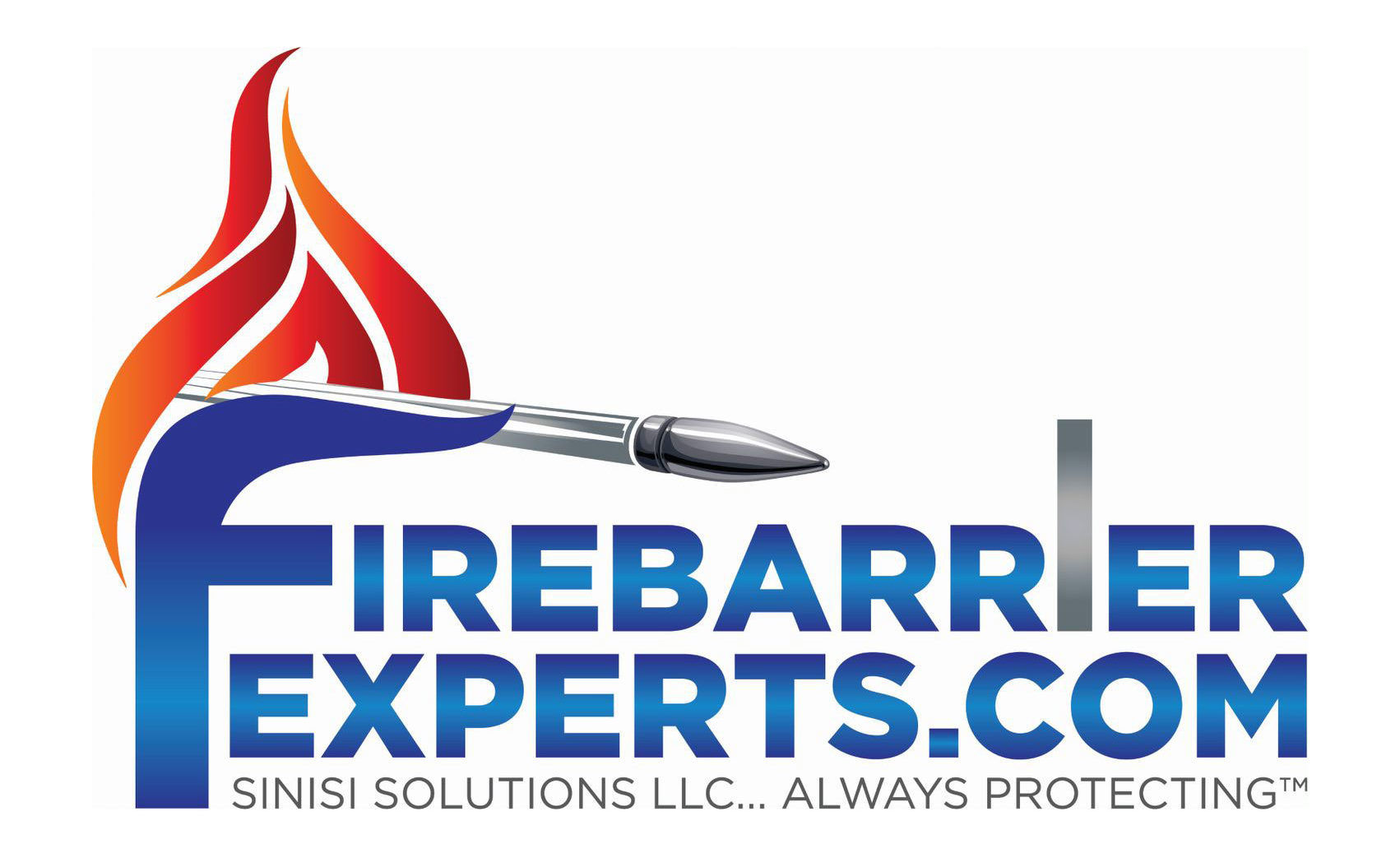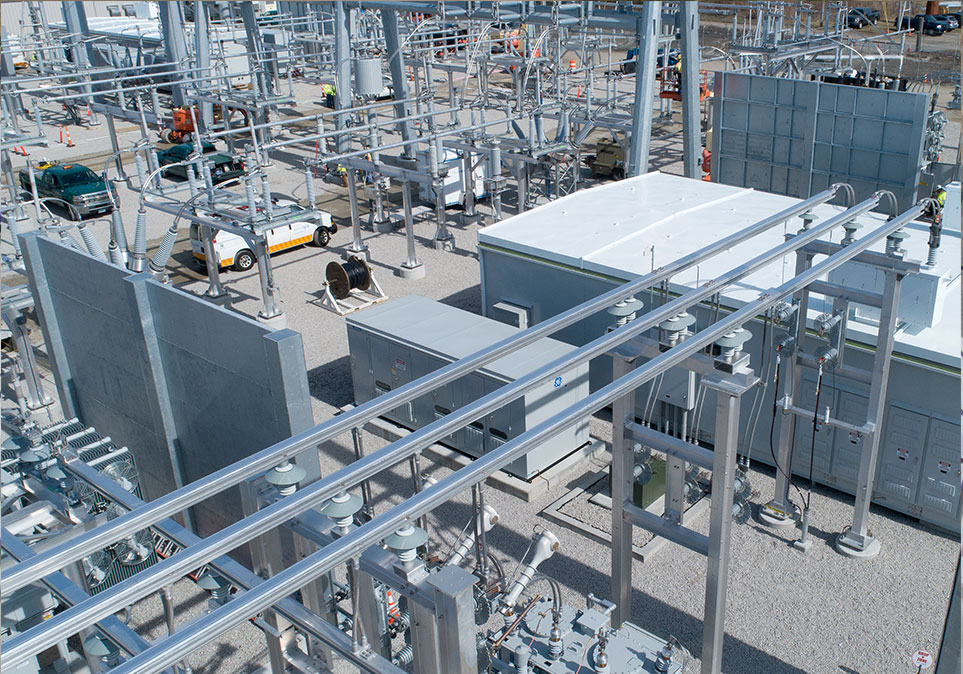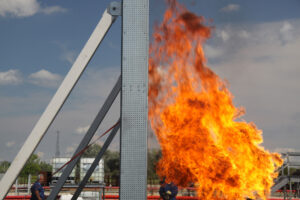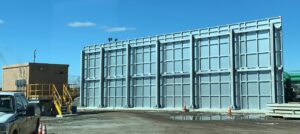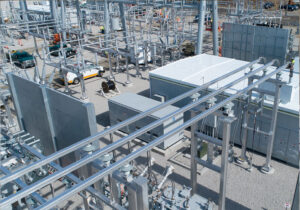Proactive Fire Safety Procedures
Fires in industrial settings are extremely dangerous. You must ensure you have proactive fire safety measures in place to keep your infrastructure and people safe. Procedures like surface coatings construction, barrier construction, installation of fire doors, fire and smoke dampers, and so on will help you proactively prevent any fires. Given below are common proactive fire safety procedures that you can adopt:
Fire Doors
Installing fire doors and inspecting them regularly for deficiencies can help prevent fires. Fire door deficiencies can be spotted easily. You should just know what exactly to look for. Common fire door deficiencies include:
- Doors not latching properly or closing quickly behind someone
- Missing or painted over fire door labels
- Doors propped open and not shutting properly
Reporting these issues to the facility manager to take appropriate action can help prevent fires. These repairs are critical for the doors to be fully compliant and functional in case of a fire.
You must also conduct fire door inspections regularly. The National Fire Protection Association has put together a set of guidelines for fire door inspections that you must follow:
- Labels should be legible and clearly visible
- The door surfaces or frames should not have any open breaks and holes
- The glazing, glazing beads, and vision light frames should be intact and strongly installed in place
- The door, hardware, frame, and non-combustible threshold should be aligned, secured, and in working condition. They should not have any obvious damage signs.
- None of the parts on the fire doors should be broken or missing
- The self-closing device should be operational.
- The inactive leaf should close before the active leaf if the coordinator is installed
- The latching hardware should be operational and should secure the door when it is closed
- Any auxiliary hardware parts interfering with the door’s operation should not be present on the door and frame
- No field modifications should be performed on the door
- All meeting edge protection, edge seals, and gaskets should be checked to confirm their presence and strength
Fire and Smoke Dampers
Fire and smoke dampers may not be easy to spot during day-to-day operations because of their remote locations. Dampers are typically found deficient during inspections. It is critical to ensure deadlines are met for fire safety compliance and proactive prevention. Dampers can come in various models. An industry professional should carry out all inspections and repairs to confirm functionality.
Fire Stopping
Firestopping will restore the endurance rating to a barrier that has a hole, gap, or opening. If left as is, the opening will threaten the integrity of the barrier and let smoke and fire pass through it. The process of fire-stopping compartmentalizes areas to prevent the smoke and fire from spreading and gives occupants enough time to evacuate safely. You must check your barrier walls for holes or gaps that need filling while walking around your facility. This process is important to keep areas within your facility safe in case of a fire.
Other Proactive Measures to Prevent Fires
Besides the main steps mentioned above, you can take several other proactive measures to prevent fires. Some of them are:
A Good Fire Alarm System
Fire alarms are critical warning systems that get triggered early when a fire starts. You must conduct regular fire alarm inspections and checks. Contact a fire inspector to visit your facility and check if the alarm is functioning properly.
Fire Extinguishers
Fire extinguishers are a small but important fire safety measure. They come in handy when the fires are small and can prevent the fire from growing further. All public buildings and offices should have fire extinguishers that people can access easily. You must have fire extinguishers handy, even if you have complex fire prevention and suppression systems in place.
Fire Sprinkler Systems
Large organizations and industrial settings should also have ceiling sprinkler systems. These systems get triggered in case of a fire and will help keep it under control. These systems should also be checked regularly for indications of failure.
Fire Safety Education
No matter what measures you take to prevent fires, if you don’t educate people in any building or organization about fire safety, then none of the other systems will be of any use. People should know what to use to put down fires in case of an emergency. Using the wrong device to douse a fire will only make the problem bigger. You can even conduct fire safety courses so that everyone in your organization has information on what to do in case of a fire.
What to Do In Case of a Fire
No matter how many preventive measures you take, accidents can happen. Give below are some basic things to do in case of a fire breakout:
- Be sure of the fire extinguisher locations. You should know where the nearest extinguisher is at all times.
- Know your emergency exits well
- Alert everyone around you immediately from the fire. Activate the nearest fire alarm, and shout out loudly and clearly announcing the fire. Ensure you stay calm to avoid creating panic among other people.
- Evacuate people from the area using the nearest exit.
- Use the fire extinguisher first to put out as much of the fire as possible.
How to Evacuate People in Case of a Fire
You can take the following steps to evacuate people from an area in case of a fire.
- Stay calm through the entire evacuation and evacuate as many people as possible immediately after you hear the alarm
- Close all the doors and windows as you move along the escape route to stop the smoke and fire from spreading to other parts of the building. Make sure you don’t lock the doors and windows, though.
- Alert your supervisors and managers that you are safe and outside the building once you reach your assembly point.
- Ensure you follow all protocols put in place by your company
https://firebarrierexperts.com/ offers innovative solutions for critical infrastructure protection. They offer fully customized fire, explosion, and ballistic solutions in various locations across the US. Their designs are easy to install, encouraging fire compliance across facilities.
Sinisi Solutions
75 Main St, Manasquan, NJ 08736
732-232-2100
